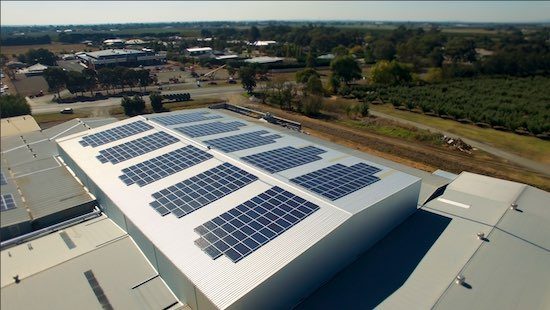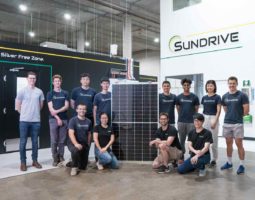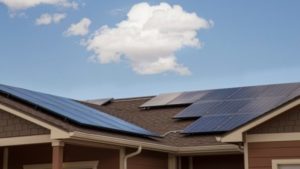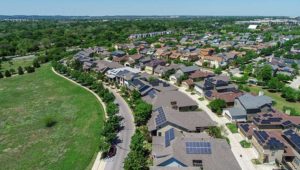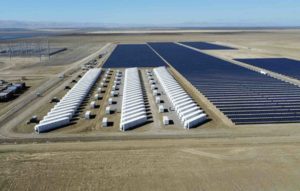A $120 million green loan scheme launched two years ago by NAB and the Clean Energy Finance Corporation has been extended, after its “overwhelming” success in helping Australian businesses – and particularly farmers – invest in renewable energy and energy efficient technologies.
The CEFC said on Tuesday that it had committed a further $180 million to NAB’s Energy Efficient Bonus program, which it said was making it easier for small to medium businesses around the country to tap energy efficient, renewable energy and low emissions technologies.

The program, first launched in June 2015, offers NAB customers a 0.7 per cent discount on its standard equipment finance rate for loans for eligible clean energy investments, including solar PV, efficient irrigation and refrigeration systems and processing line improvements. The loans are available for up to 10 years for amounts between $10,000 and $5 million.
According to NAB, of the initial $120 million in CEFC finance, 87 per cent was used by the bank’s agribusiness and rural customers, looking to cut grid power costs and boost productivity through more efficient operating practices.
“After surveying 5,000 of our farmers for two consecutive years, 85 per cent told us they saw energy costs as a significant business risk,” said Khan Horne, NAB’s general manager agribusiness.
“So we’re helping our customers transition to more sustainable business models and, particularly for intensive agriculture, significantly reducing their energy and water bills,” he said.
CEFC head of portfolio management Paul Greenop said the program had so far proven “highly successful”, providing finance for more than 1,000 clean energy assets across the country, and typically reducing business costs by 10 to 20 per cent.
“When organisations look at cutting energy costs, they tend to initially think about lighting upgrades and upgrades to air-conditioning. But the possibilities are far greater,” he said.
“We’re also seeing major investment to upgrade energy intensive manufacturing and agricultural equipment, as well as solid investment in more efficient light vehicles and rooftop solar PV.”
This article was originally published on RenewEconomy’s sister site, One Step Off The Grid, which focuses on customer experience with distributed generation. To sign up to One Step’s free weekly newsletter, please click here.

